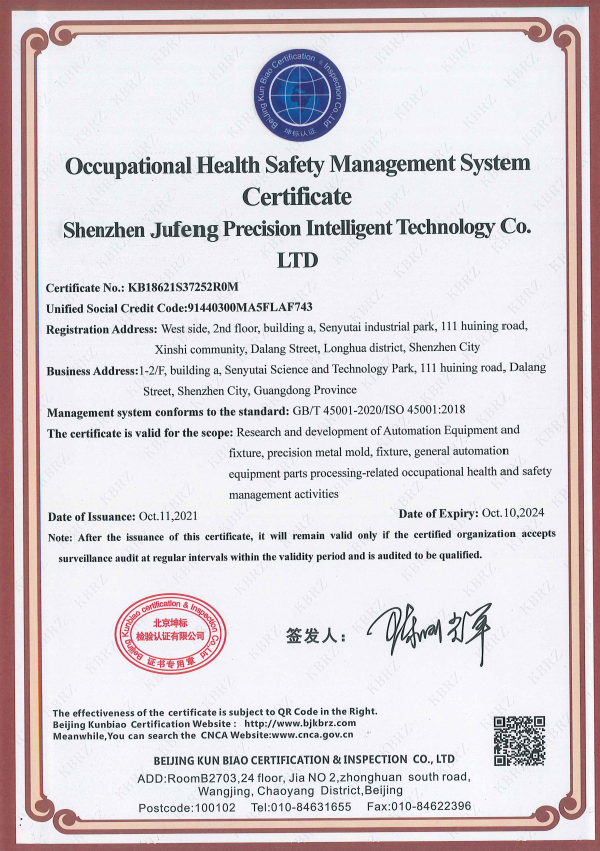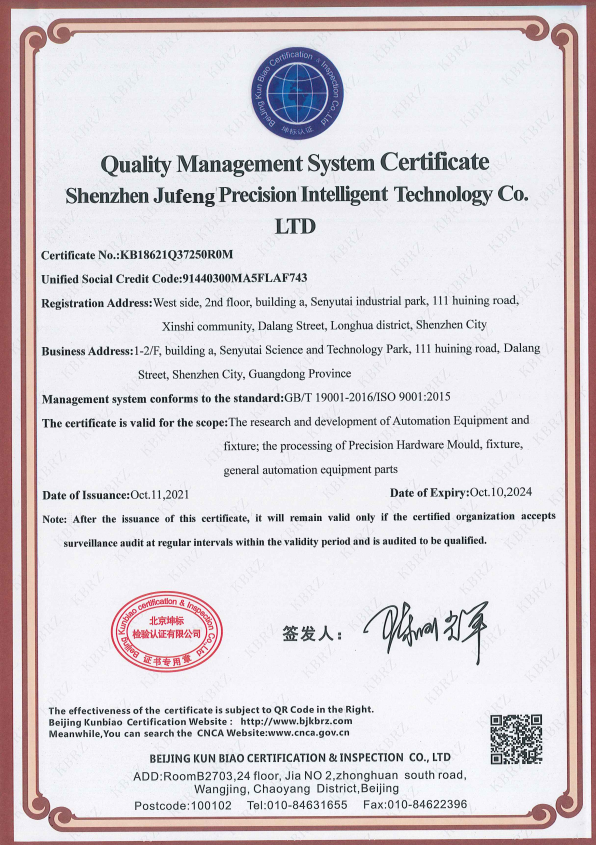News
Understanding Multi Station Testing Fixtures: A Comprehensive Guide
In the realm of industrial equipment and components, particularly in the field of tools and fixtures, a multi station testing fixture plays a crucial role in the quality assurance process. This type of fixture is designed to facilitate the testing of various components or assemblies simultaneously, making it an invaluable asset for manufacturers aiming to enhance production efficiency while maintaining high-quality standards.
A multi station testing fixture typically consists of several dedicated testing stations, each outfitted with specific sensors, gauges, or other measuring devices to evaluate different parameters of the items being tested. The primary advantage of using such fixtures lies in their ability to streamline the testing process, allowing multiple components to be assessed at the same time. This not only saves time but also reduces labor costs and minimizes the risk of human error that can occur when testing is conducted manually.
The design of a multi station testing fixture can vary significantly depending on the specific requirements of the testing process. These fixtures are often custom-built to accommodate the unique dimensions and characteristics of the components being tested. By ensuring a precise fit, manufacturers can guarantee accurate measurements and reproducible results, which are essential for maintaining product quality and reliability.
Additionally, multi station testing fixtures can be equipped with automation features, such as robotic arms or conveyor systems, to further enhance efficiency. This automation reduces the need for manual intervention, allowing for continuous operation and increasing throughput. As a result, the manufacturing process can become more agile, adapting quickly to changes in production demands while consistently delivering high-quality products.
Furthermore, the data collected during the testing process can be invaluable for quality control and process improvement. With the ability to monitor multiple stations simultaneously, manufacturers can identify trends, detect anomalies, and implement corrective actions swiftly. This proactive approach not only helps in maintaining compliance with industry standards but also fosters a culture of continuous improvement within the manufacturing environment.
In conclusion, a multi station testing fixture is essential for any manufacturer looking to optimize their testing capabilities and enhance overall productivity. By enabling simultaneous testing of various components, these fixtures not only save time and reduce costs but also improve the accuracy and reliability of the testing process. As the manufacturing landscape continues to evolve, investing in such advanced testing solutions will undoubtedly pay dividends in terms of quality assurance and operational efficiency.
A multi station testing fixture typically consists of several dedicated testing stations, each outfitted with specific sensors, gauges, or other measuring devices to evaluate different parameters of the items being tested. The primary advantage of using such fixtures lies in their ability to streamline the testing process, allowing multiple components to be assessed at the same time. This not only saves time but also reduces labor costs and minimizes the risk of human error that can occur when testing is conducted manually.
The design of a multi station testing fixture can vary significantly depending on the specific requirements of the testing process. These fixtures are often custom-built to accommodate the unique dimensions and characteristics of the components being tested. By ensuring a precise fit, manufacturers can guarantee accurate measurements and reproducible results, which are essential for maintaining product quality and reliability.
Additionally, multi station testing fixtures can be equipped with automation features, such as robotic arms or conveyor systems, to further enhance efficiency. This automation reduces the need for manual intervention, allowing for continuous operation and increasing throughput. As a result, the manufacturing process can become more agile, adapting quickly to changes in production demands while consistently delivering high-quality products.
Furthermore, the data collected during the testing process can be invaluable for quality control and process improvement. With the ability to monitor multiple stations simultaneously, manufacturers can identify trends, detect anomalies, and implement corrective actions swiftly. This proactive approach not only helps in maintaining compliance with industry standards but also fosters a culture of continuous improvement within the manufacturing environment.
In conclusion, a multi station testing fixture is essential for any manufacturer looking to optimize their testing capabilities and enhance overall productivity. By enabling simultaneous testing of various components, these fixtures not only save time and reduce costs but also improve the accuracy and reliability of the testing process. As the manufacturing landscape continues to evolve, investing in such advanced testing solutions will undoubtedly pay dividends in terms of quality assurance and operational efficiency.
Prev




